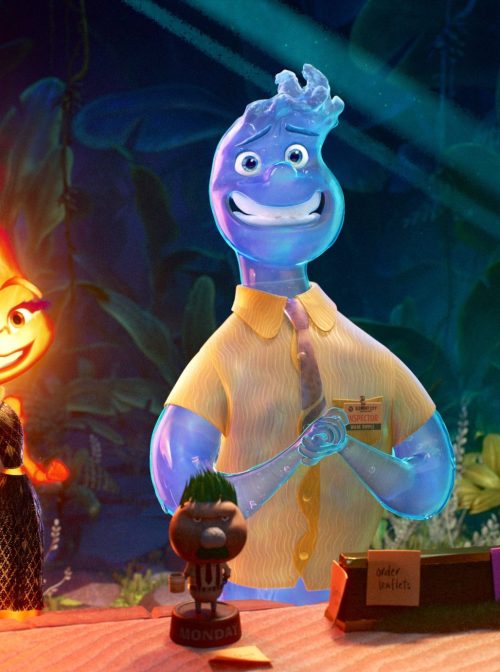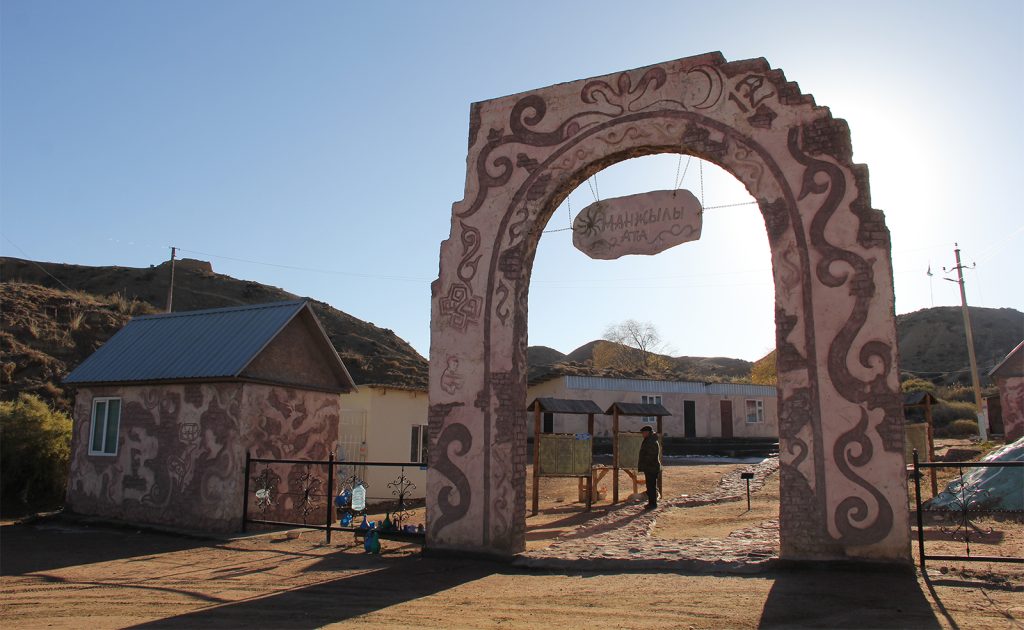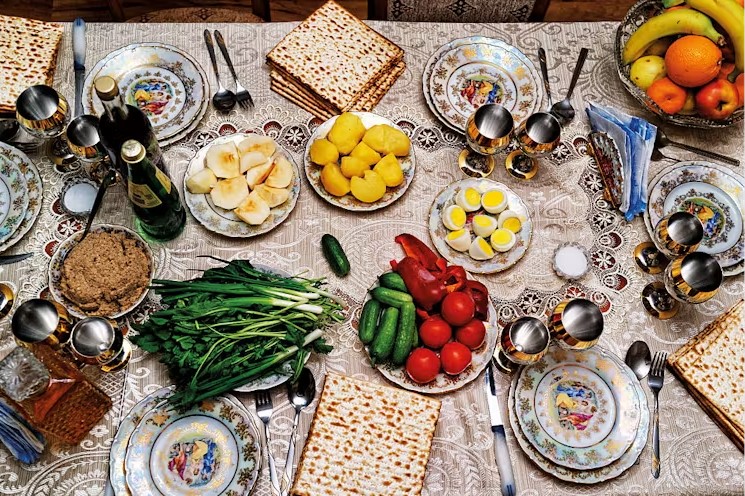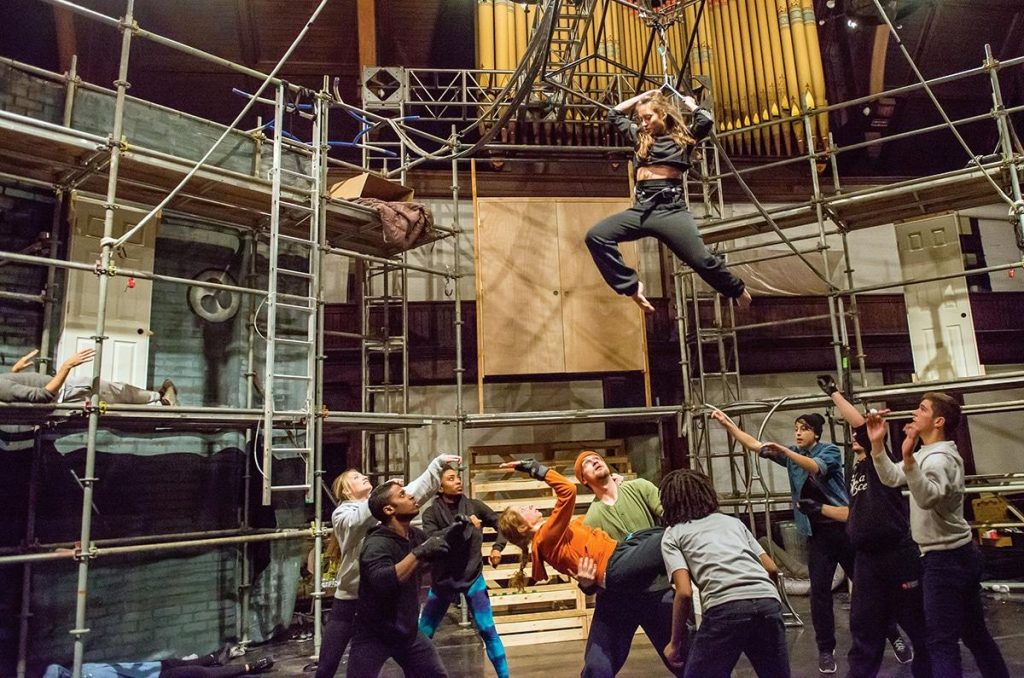In the land of Element City, elements such as water, fire, earth, and air come to life. These elemental entities populate the vibrant cityscape, each playing a vital role in its operation. The essence of Element City lies in the demonstration of interfaith cooperation, where every element or worldview contributes to a society’s well-being.
Water is a dynamic force, facilitating transportation throughout the city’s waterways. Earth forms the city’s backbone, providing infrastructure for residential, commercial, and green spaces. Air provides the town with communication services, delivering mail quickly.
While unity thrives within Element City, cracks in this harmony surface when it becomes evident that the city lacks fireproofing. The film begins with the story of Bernie and Cinder Lumen, immigrants from Fire Land, who carve out a home in the neighborhood of Fire Town after facing closed doors across Element City.
As their daughter Ember is born and grows up, she navigates the challenges of differing belief systems and cultural norms between her family and the world around her. From a young age, she witnesses discrimination against Fire residents from other elements in the city. Her hot temper doesn’t help her ease tensions either.
However, a chance encounter between Ember and Wade, a water city inspector, changes her life. Flooding ensues when Ember accidentally breaks a water pipe due to a fiery explosion, leading to Wade entering her home through the pipes.
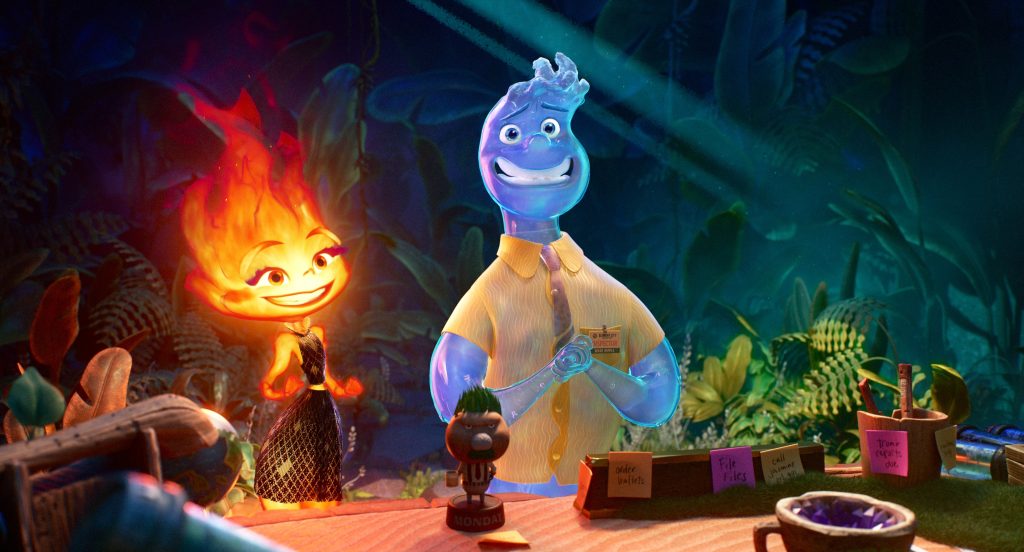
Their promising romance is the first sign that embracing differences across communities is possible. Ember’s heritage as a first-generation Fire Land immigrant daughter juxtaposes Wade’s upbringing in a wealthy water family. Using the values of interfaith cooperation, the film underscores the significance of understanding each individual’s story and differences.
As Ember and Wade delve into each other’s backgrounds, they discover shared humanity amidst diversity. Ember’s reminders to her father to not generalize all water residents and to see them beyond superficial labels encapsulates the essence of humanizing those deemed “other.”
When Ember’s family and Wade meet, tensions are fueled by prejudice. Ember’s father, Bernie, challenges Wade to sample fiery dishes emblematic of Fire Land, which unveils the nuance between cultural fusion. While Wade initially found the food to be too hot, he ultimately appreciated it.
However, he adds some water, stating that the taste would be better if “watered down.” Bernie throws Wade out, angered by the notion that his food must be watered.
In a multicultural society like the United States, it is common for belief systems and worldviews to be shaped by multiple influences. Interfaith cooperation allows us to appreciate the values and traditions of other worldviews.
However, this scene in “Elemental” poignantly illuminates how preserving traditions and multicultural fusion can be a delicate balance.
Conversely, Ember’s interaction with Wade’s family reveals a contrasting warmth and acceptance. Wade’s mother celebrates Ember’s incredible talent for glass blowing, shedding light on the crucial role glass plays in shaping Element City’s cityscape.
This moment showcases how fire contributed to the development of Element City, which opposes what other elements told Ember’s parents early on in the film. This pivotal moment underscores the power of interfaith dialogue, demonstrating how conversations with people with different worldviews can help you strengthen your own.
Through the story of “Elemental,” we witness how interfaith cooperation enriches a community. Every element – distinct yet interdependent – contributes to the fabric of society. Just as Element City thrives on diversity, so does our broader society benefit from diverse worldviews and belief systems. When we embrace pluralism, we embrace many perspectives, each offering valuable lessons and contributions to our well-being.

Suraj Arshanapally
Suraj Arshanapally, MPH, is an Indian American peace-builder, public health advocate, and storyteller. He started The Multicultural Man to celebrate cultural diversity and healthy masculinity through storytelling. He is also the Managing Editor for the CDC Yellow Book, an international travel medicine publication at the Centers for Disease Control and Prevention. Suraj received his MPH in Social and Behavioral Sciences from Yale University. He believes multiculturalism and interfaith cooperation are crucial to building a healthy and peaceful society.
Suraj Arshanapally wrote this article in his personal capacity. The opinions expressed in this article are the author’s own and do not reflect the view of the Centers for Disease Control and Prevention, the Department of Health and Human Services, Interfaith America, or the United States government.
